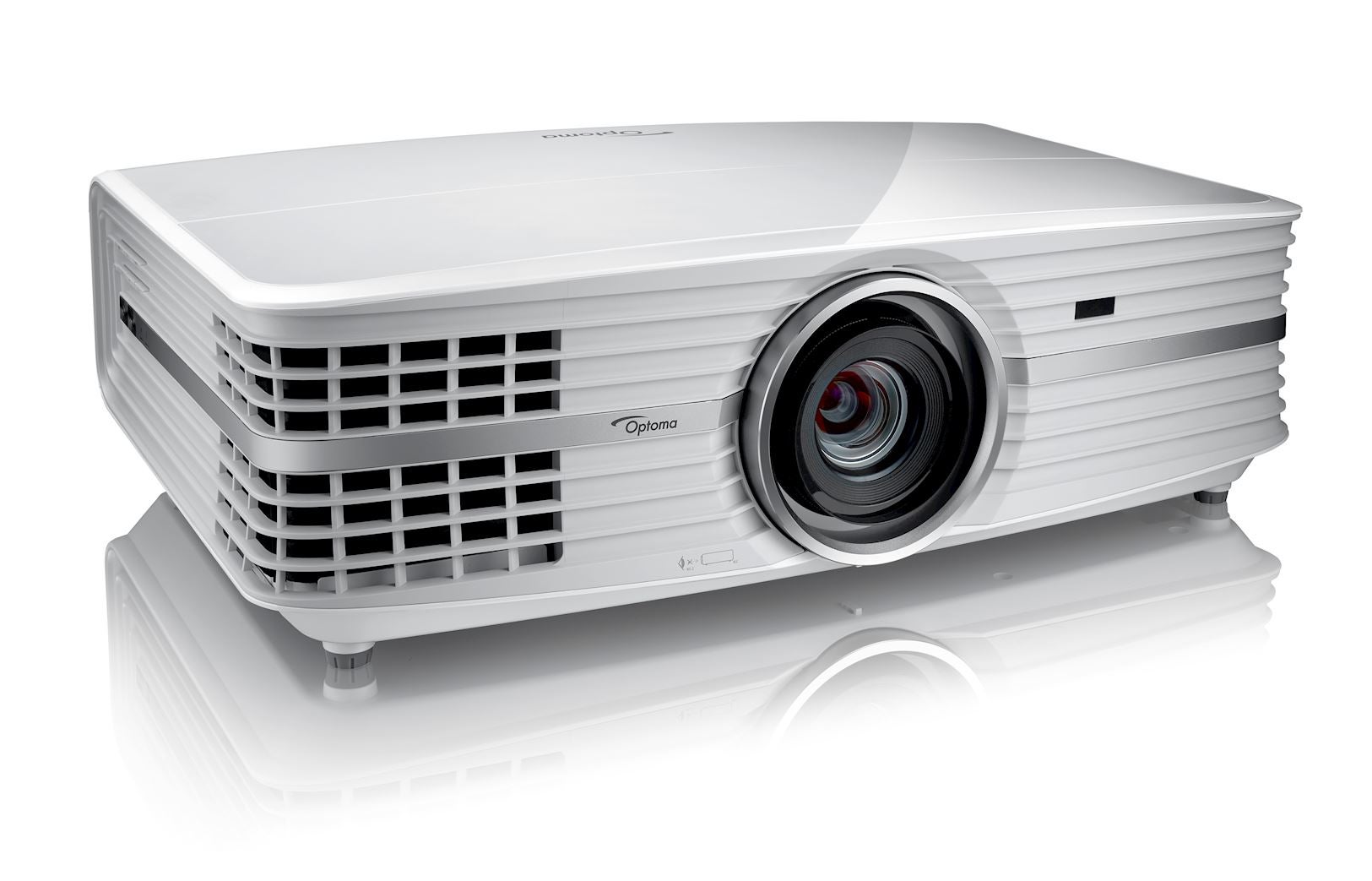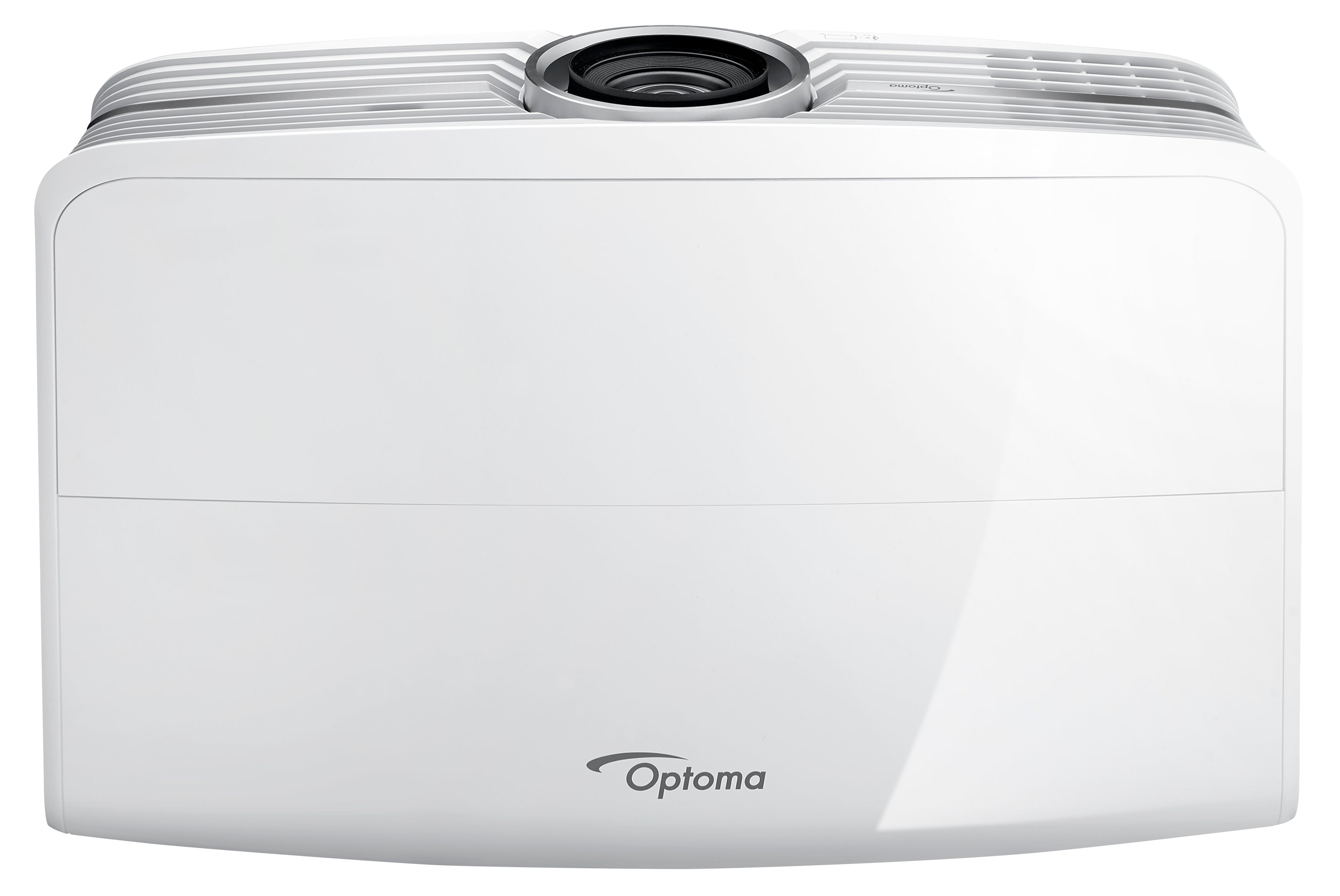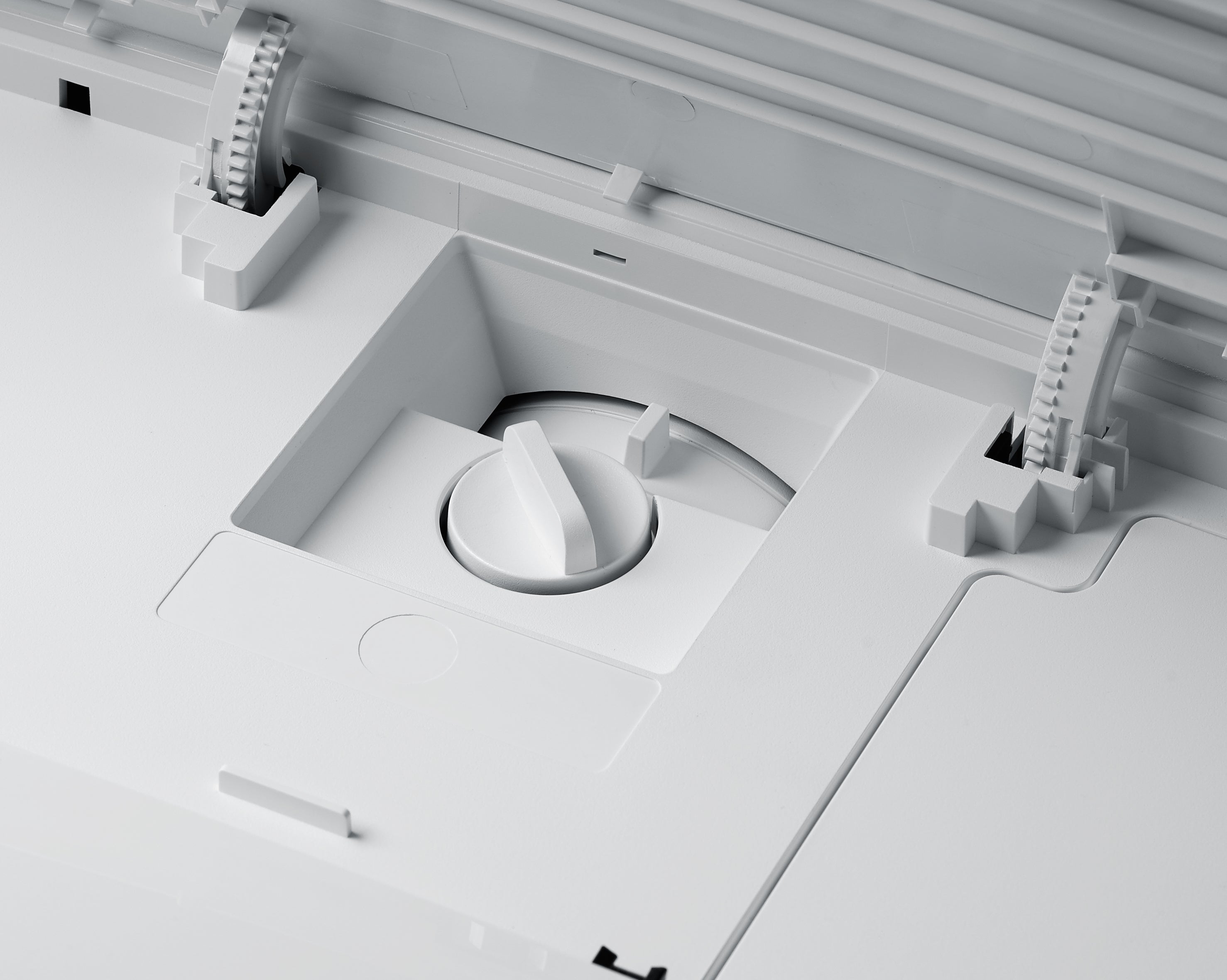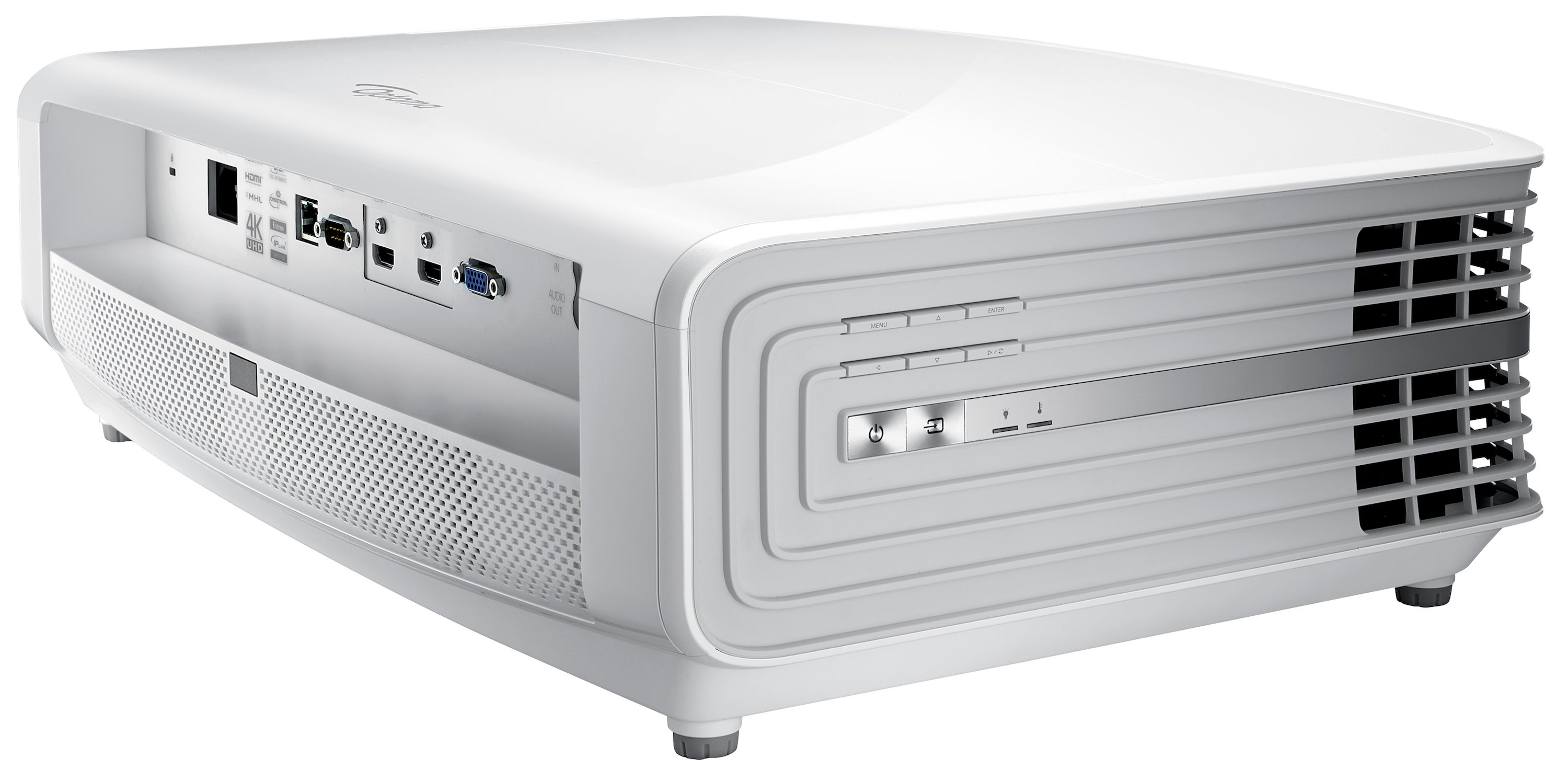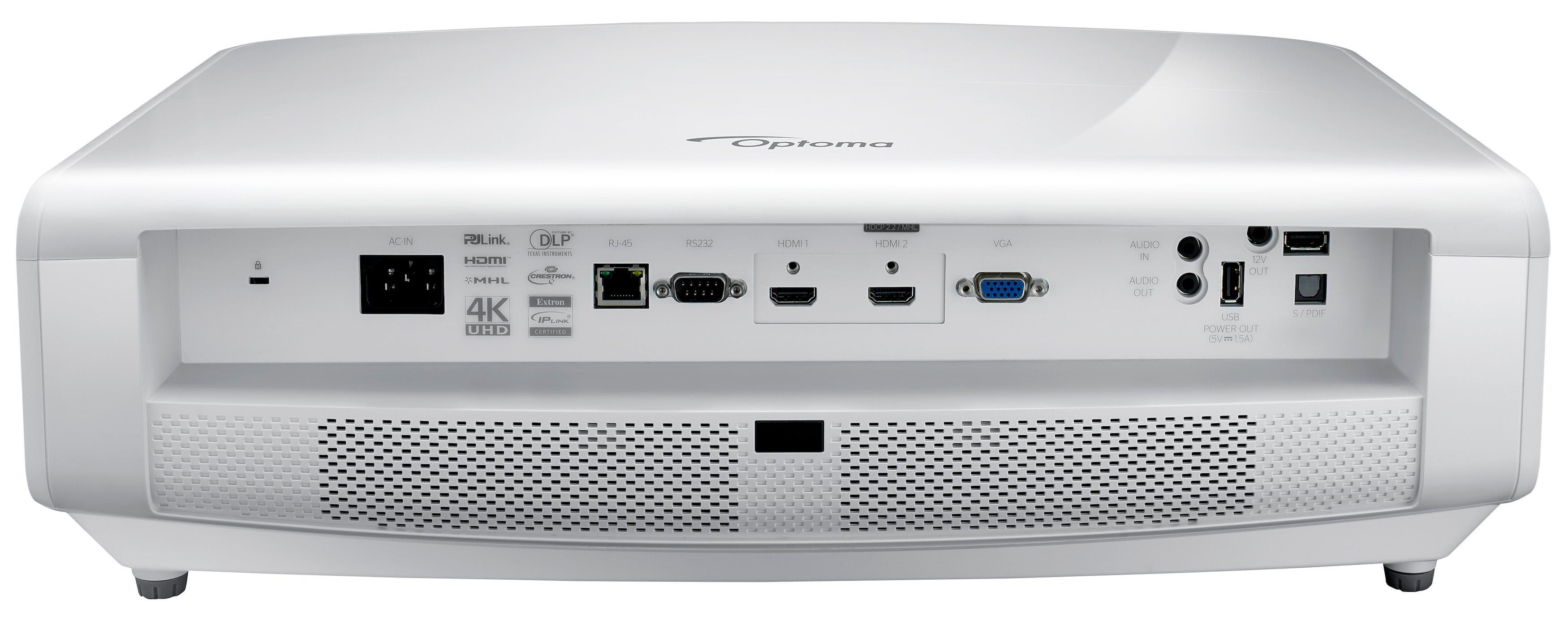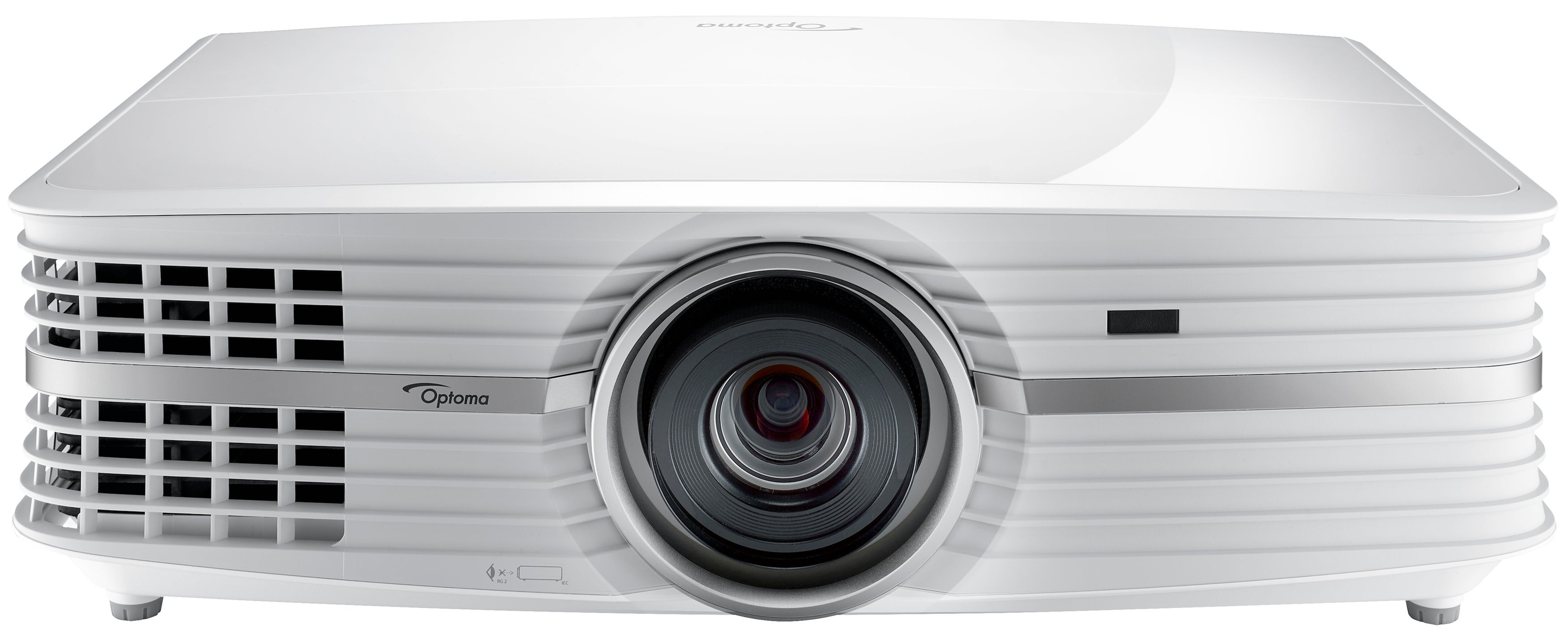Optoma UHD60 Review
Optoma UHD60
Quality 4K projection no longer costs a fortune
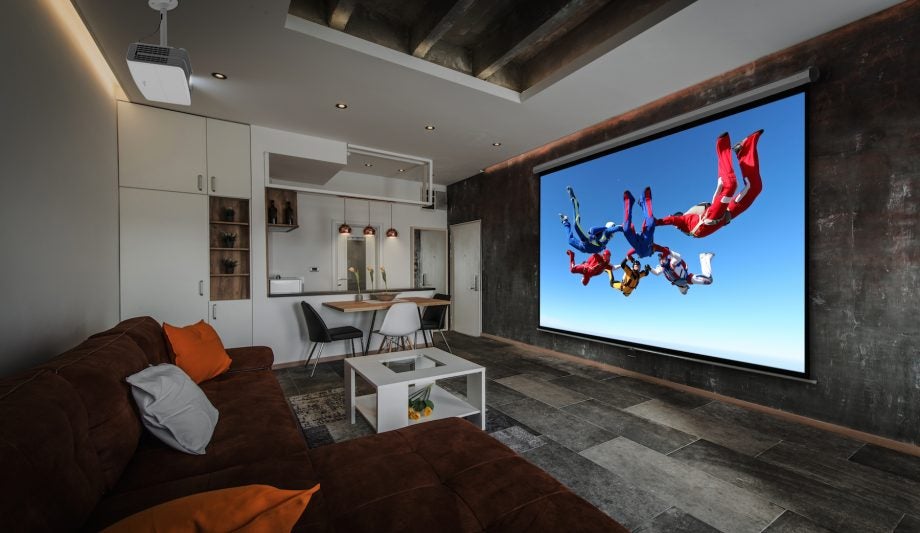
Verdict
Pros
- Incredible value
- Extremely detailed and sharp 4K pictures
- Surprisingly effective HDR performance
Cons
- Black levels could be better
- Input lag a touch high
- HDR impact limited versus best TVs
Key Specifications
- Review Price: £2500
- Single-chip DLP projector
- 4K and HDR10 playback support
- Vertical optical image shifting
- 1.6x optical zoom
- 3000 lumens light output
What is the Optoma UHD60?
The Optoma UHD60 is a 4K, high dynamic range DLP projector that costs just £2,500. This is startling when you consider that, for the past couple of years, you’d have had to spend north of £5,000 to get true 4K projection. The price becomes even more appealing when you consider that the UHD60 is also really rather good.
Related: Best projector
Optoma UHD60 – Design and build quality
At W490 x H141 x D331mm, the UHD60 is larger than your average mid-range projector. However, it wears its size reasonably well, thanks to its glossy white finish, rounded corners and sections of metallic silver trim.
Its centrally mounted lens gives the design a nice symmetry, and even its cooling vents are handled more stylishly than most by incorporating them into an appealing ‘ribbing’ effect.
Build quality is a little plasticky, though. This is especially apparent on the top edge, where a pop-up flap running across the whole front half of the projector fails to sit flat when closed. You only really notice the build issues on setting up the device, however; it doesn’t look cheap from a typical viewing distance.
The UHD60 is accompanied by a reasonably well laid out backlit remote control, which is easier to use in a dark room than most.
Optoma UHD60 – Features
The UHD60’s rear sports a decent collection of connections. For starters, there are two HDMIs, although only one of these handles 4K HDR signals. There’s a VGA port for PC connection, plus a selection of audio ports to support the UHD60’s built-in (2x4W) sound system. Finally, there are 12V trigger, Ethernet and RS232 ports to help you integrate the UHD60 into a home control network.
Despite not carrying a full ‘4K’ 3840 x 2160 count of DLP’s digital mirror devices, a clever combination of video processing and ‘flashing’ each DMD multiple times for every image frame delivers a 4K resolution.
On paper this process doesn’t sound as natively 4K as using a full 4096 x 2160 array of pixels, in the vein of Sony’s 4K SXRD projectors, for example. However, the UHD60’s pictures certainly look like true 4K, and its 4K approach is certified as the real deal by the independent Consumer Technology Association (CTA).
This puts its 4K claims on a different level to the ‘pseudo’ 4K capabilities of such models as the Epson EH-TW9300, and JVC’s X9000, X7000 and X5000 D-ILA projectors.
With most 4K sources these days arriving accompanied by HDR technology, it’s good to find the UHD60 supporting the HDR10 format. There’s no support for the HLG (Hybrid Log-Gamma) or Dolby Vision HDR formats, but any HDR support is a bonus at £2500.
Affordable projectors generally struggle to produce enough brightness to deliver HDR convincingly, but the UHD60’s claimed 3000 lumens of potential light output is promising. Especially since the projector’s dynamic lamp mode can apparently produce a vast contrast ratio of 1,000,000:1.
So confident is the UHD60 that it even claims to convert standard dynamic range sources to HDR.
Optoma UHD60 – Setup
The UHD60 is well equipped with physical setup aids. The lift-up panel on the top edge hides a wheel for optically shifting the image vertically, and a zoom ring around the lens. There are screw-down legs to help you get your image level, and a simple focus ring around the lens’ front.
The UHD60’s menus also contain pretty much all the picture adjustments an enthusiast will need, including gamma presets and colour/white balance management. The Imaging Science Foundation (ISF) endorses it as a model you could pay one of its engineers to calibrate for you.
Always use the Dynamic Black feature to maintain a healthy contrast performance. Use the Cinema preset for SDR and make sure the HDR setting has auto-activated with HDR content. Also, ensure the Bright lamp setting is active with HDR to stop dark areas looking hollow and dominant, and never set the Ultra Detail sharpness booster higher than level one, to prevent image noise.
Optoma UHD60 – Performance
Given that many more expensive projectors have struggled with HDR, I really didn’t expect much from the UHD60’s supposed HDR talents. However, I found it pretty convincing.
The biggest surprise comes from how much richer and more dynamic the UHD60’s colours look with HDR/wide colour gamut sources. After all, the projector can’t truly reach the full range of colour today’s WCG/HDR pictures can carry. There’s enough extra colour punch to help HDR images look consistently more intense, three-dimensional and vibrant than SDR images.
Even better, the colour doesn’t look forced or ‘cartoonish’, as it can on less capable HDR projectors. On the contrary, the UHD60’s HDR images look more lifelike than its SDR ones, just as they should.
The UHD60 also retains decent detail in the brightest picture areas, avoiding the ‘clipped’, spartan look witnessed on many other affordable HDR displays.
However, this projector’s HDR images don’t achieve anywhere near the same explosive pop and brightness range witnessed on the best TVs. There is a palpable improvement versus SDR in both the image’s average, ‘baseline’ brightness and the ‘pop’ of the brightest areas, however. Many rival, more affordable, projectors actually look more dull by comparison for much of the time with HDR than they do with SDR.
It’s also common for HDR projectors to leave dark areas of mixed-brightness pictures looking like empty silhouettes. The UHD60, on the other hand, generally balances the darkest and brightest parts of its HDR images exceptionally well for its money, getting maximum value from its 3000 lumens light output.
Its native 4K claims, meanwhile, are backed up by outstanding image detailing and sharpness when watching 4K sources. There’s no way any HD or even pseudo 4K projector I’ve seen to date could match the intense textures, fine shading, and freedom from both jagged contours and visible image/pixel structure that the UHD60 enjoys.
In fact, the UHD60 does as effective a job as Sony’s native 4K projectors, reminding you that 4K really comes into its own at the sort of huge screen sizes projectors make possible.
Great although it would be great to feed the UHD60 an exclusively 4K HDR diet, today’s AV world isn’t quite up to that yet. As such, it’s great to find that the UHD60 takes HD-resolution and SDR content in its stride.
It upscales HD images to 4K with aplomb, making them look more detailed and textured, without generating obvious processing artefacts or noise. Furthermore, the light engine that works so well for HDR has no trouble reining itself in to deliver a convincing SDR experience. I was struck by how watchable SDR images look even with a little ambient light in the room.
I do recommend that you only watch SDR on the UHD60 in its native SDR mode, however. The SDR-to-HDR processing option removes far too much subtle detail from dark scenes, and pushes colours so hard that you’ll struggle to find a single tone that still looks credible.
Not surprisingly for its money, the unusable SDR-to-HDR feature isn’t the UHD60’s only problem. Black levels are only fair to middling by mid-range projector standards – but the high brightness and usually respectable level of detail in dark areas hides this limitation to some extent.
Exceptionally bright image elements occasionally generate ‘rainbowing’, where the single-chip DLP colour-wheel system cause stripes of pure red, green and blue to flit momentarily over the image.
Finally, while I loved the UHD60’s sharpness and colour punch when using it as a gaming display, its input lag measurement when using its Game preset was 51ms. This is almost a full frame higher than competitive gamers would ideally like it to be.
The UHD60’s audio abilities feel like an afterthought, as is the case with most projectors. The sound is reasonably clean, but the speakers are too underpowered to deliver anything like the audio scale, detailing and dynamic range that you’d want partnering those cinema-sized pictures. This should be considered a sound system of last resort only.
Should I buy an Optoma UHD60?
If you love home cinema, can accommodate a projector in your home and have £2500 burning a hole in your pocket, it’s hard to think of a better way to spend it than on the Optoma UHD60.
The UHD60 could prove to be the vanguard of a whole new generation of stunning sub £3k DLP projectors. However, based on the competition out there right now, it’s pretty much unbeatable without spending vastly more on the Sony VPL-VW550ES.
If you can live without ‘native’ 4K playback then consider the similarly priced Epson EH-TW9300W. Or if you value class-leading black levels above credible HDR and native 4K, you could go for JVC’s £4,000 DLA-X5000BE.
Verdict
Until I received the Optoma UHD60, I was sure that no remotely affordable projector could ever do both 4K and HDR convincingly. I’ve never been happier to be proved wrong.
Trusted Score
Score in detail
-
Value 10
-
Features 9
-
Image Quality 9
-
Design 8
Features
| Native Aspect Ratio | 16:9 |
| Projector Type | Single-chip DLP |
| Brightness (Lumen) | 3000 |
| Contrast Ratio | 1000000:1 |
| Full HD 1080p | Actually 4K |
| 3D Ready | No |
| Max Diagonal Image Size (Inch) | 300 |
| Min Projection Distance (Foot) | 4.26 |
| Max Projection Distance (Foot) | 30.5 |
| Lamp Type | UHP |
| Lamp power (Watt) | 240 |
A/V Ports
| HDMI | 2 |
| Component | 1 |
| Digital Audio Out | Yes (optical) |
| Ethernet | Yes |
| WiFi | No |
Physical Specifications
| Height (Millimeter) | 141 |
| Width (Millimeter) | 498 |
| Depth (Millimeter) | 331 |
| Weight (Gram) | 7800 |

